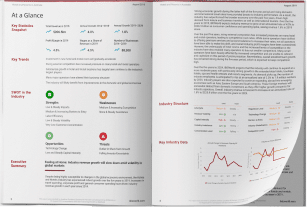2023 Version
Around 17%
the number of discrimination claims made based on the Racial Discrimination Act.
Racial discrimination claims increased significantly between 2018 and 2021.
Foreign born persons have a higher rate of employment that those born locally, but this does not account for job quality.
Overview
Inequality amongst people from culturally, racially and linguistically diverse backgrounds remains strongly evident within Australia, with numerous factors contributing to its persistence.
People from diverse backgrounds often encounter barriers that impede their entry into the workforce and limit their earning power. Language barriers, limited recognition of foreign qualifications, and cultural biases can hinder their chances of securing work commensurate with their skills and qualifications.
Per Capita examined ethnicity inequality between 2010 and 2021, focusing on employment and discrimination.
Interpreting the Index charts and values
Consistent with other measures of inequality we present inequality as a value between 0 and 100, with 0 denoting perfect equality. At any value in excess of 0 there is inequality between the considered measures; the higher the value, the greater the level of inequality.
Because all values are in ratio terms the value may be interpreted as the distance from equality; for example, if wealth inequality is rated 70, this would indicate that the wealth of the highest income group would need to decrease by 70% for equality to be achieved. All index values are in the same percentage scale.
The trend line in ethnicity inequality is largely informed by reported experiences of racial and cultural discrimination, adjusted for population size.
Discrimination due to race and culture that limits opportunities for people is high in Australia by OECD standards, despite the widely-held belief that Australia is a successful multicultural country.
Disclaimer – The analysis employs economic and econometric techniques to provide estimates of plausible terms to equality, based on the interval trend, they are not estimates of the predicted term to equality, which will be consequential to policy and regulatory settings, amongst other critical factors. The extant models provide an indication of the term to equality should extant 10 year trends continue.
How does the Index work?
This report, and the Index it explains, seek to address this gap in public information by providing a comprehensive and multidimensional measure of inequality that can inform policymaking and advocacy. By measuring shifts in measures of inequality the index and sub-indices afford a more comprehensive and nuanced representation of the root causes and impact of inequality in Australia.

